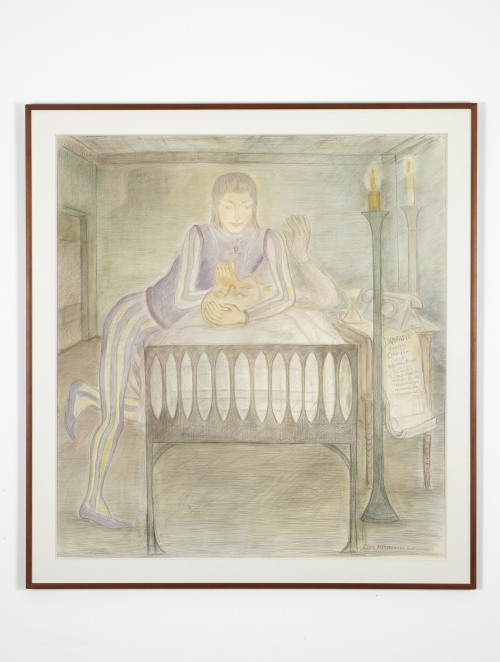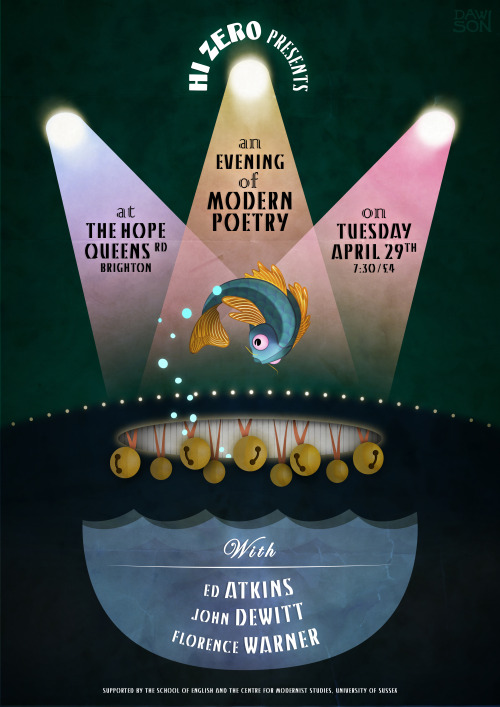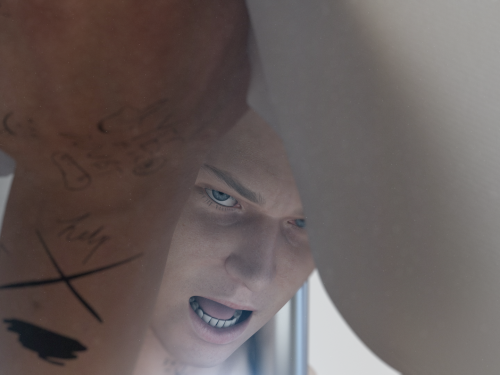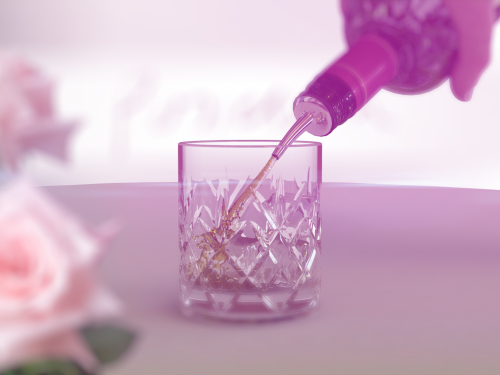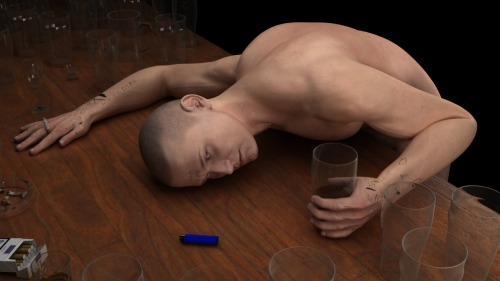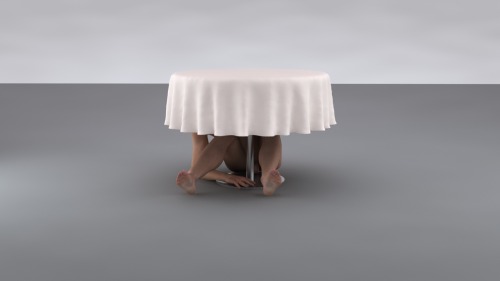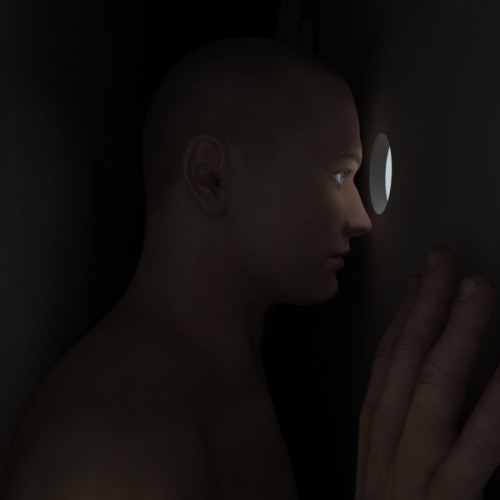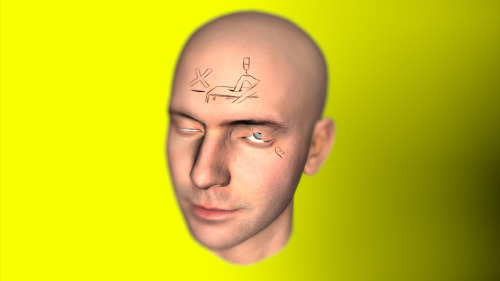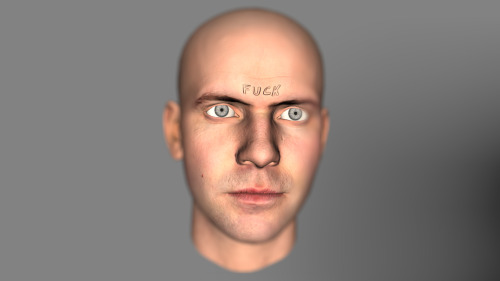ED ATKINS: PERFORMANCE CAPTURE
25 APR - 26 APR 2015
With: Ed Atkins Beatrix Ruf, David Raymond Conroy, Gil Leung, Andy Holden
en Frances Morgan.
Time: 3 – 5.30 pm, doors open at 2.30 pm
Location Teijin auditorium, Stedelijk Museum Amsterdam
Language English Admission Entrance fee to the museum + € 2.50
cover charge Details Sold out
Ed Atkins,
Ribbons 2014
. Three channel 4:3 in 16:9 HD video with three 4.1
channel surround soundtracks. Courtesy the artist and Cabinet, London. 
Ed Atkins,
Ribbons 2014
. Three channel 4:3 in 16:9 HD video with three
4.1 channel surround soundtracks. Courtesy the artist and Cabinet, London. 
Ed Atkins,
Ribbons 2014
. Three channel 4:3 in 16:9 HD video with three
4.1 channel surround soundtracks. Courtesy the artist and Cabinet, London.
Accompanying the exhibition Recent Ouija, the Stedelijk Museum presents a two-day program of music, talks, performances, and screenings devised by the artist Ed Atkins. The two afternoons will reflect on salient ideas drawn from Atkins’s work. Corralled under interpretations of the event’s title, “Performance Capture” brings together thoughts on performance, identity, and representation, and explores how they might be fundamentally recast by their mediation through contemporary technologies.
In the context of Atkins’s work and the weekend program, “Performance Capture” should also be understood metaphorically, as a poetic term alluding to the ways in which performances of self can be recuperated or possessed by external forces, and how these often hidden political processes could be productively re-performed and made visible through performance capture technology, as a kind of therapy.
Ed Atkins explains what the program is about: “The title … is taken from one of the names given to the computerized, three-dimensional technique of mapping the movements of a performing body for the express purpose of animating a computer-generated figure. This interplay between the figurative and the literal will thread throughout the “Performance Capture” program, presenting opportunities to make manifest subjects and sensations that are commonly rendered invisible, magical, or hysterical. The disappearing of physical bodies and their particular feelings will be resisted in favor of a material, immanent return to the matter of our mortal bodies”.
An “open-mic” will be present throughout the weekend – a provision for posing questions, singing songs, inviting interruptions and irruptions. A bar will also be installed in the auditorium for the duration of the program: drinking – manifest, material intoxication – will be encouraged. For two days, the auditorium will be a site for desire and fantasy, a hospitable talk show for caricature, karaoke, mercy and surrogacy – of gratuitous performance. Invited speakers will be announced soon.
MORE ABOUT THE SPEAKERS
Ed Atkins is known as one of the pioneers of a contemporary art founded in digitized life: a life always-already inflected by the internet, computers, abstract relations. In his practice, Atkins makes extensive use of cutting edge digital technologies of production and display: computer generated imagery, surround soundtracking and extensive digital compositing all function as emphatic, hysterical caricatures of emotional affects and frustrated desires. Atkins has exhibited at a host of international venues, including Tate Britain (2011), MoMA PS1 (2013), Kunsthalle Zürich (2013) and the Serpentine Galleries in London (2014). The exhibition Ed Atkins: Recent Ouija will be on view at the Stedelijk Museum until May 31, 2015.
David Raymond Conroy lives and works in London. His practice spans visual arts and performance, with a particular emphasis on how self-identified forms of representation might be properly conveyed and understood – as sincere, as true, as in any way sufficient. Most recently, during a residency at Camden Arts Centre (2014-2015), Conroy produced a series of essays, stories and presentations that explored issues of consumption, production, privilege and responsibility. Other recent projects include Brief Interviews with Hideous Men, a stage play with Andy Holden, presented at Arnolfini, Bristol and the ICA, London (2012-13); a solo exhibition L’homme qui voulait savoir at GP & N Vallois, Paris (2012) and the Waterfalls Pavilion curated by Charles Aubin at the Biennial de Belleville, Vivarium Studio, Paris (2012). Conroy holds an MA in Printmaking from the Royal College of Art, London.
Gil Leung is a writer and artist living and working in Brussels and London. Leung and Atkins’ worked together previously on their performance A Methodology for a Phosphorescent Screen at the Special Starry Event in conjunction with the exhibition The Starry Rubric Set at Wysing Art Centre, Cambridgeshire (2012). Also, Leung contributed her piece Pin Pricks to the publication of Ed Atkins & Patrick Ward: Defining Holes (CC Tobačna 001, Ljubljana, 2012). She was program manager at LUX, London (an international arts agency for the support of artists’ moving image practice) and editor of Versuch journal. Recent projects include A Bright Night, with Serpentine Galleries and LUX. Currently, she is resident at Wiels Contemporary Art Center, Brussels. Leung holds an MA in Aesthetics and Art Theory from the Centre for Research in Modern European Philosophy, London
Frances Morgan is deputy editor of The Wire and a freelance journalist. She writes about music, sound, film and gender, and their particular intertwinement; for Performance Capture, particular emphasis will be made on the role technologies (of language and display; the audio visual) have in mediating, for better or ill, experiences of performance. The former editor and publisher of Plan B magazine, Morgan is a regular contributor to Sight & Sound and currently writes its monthly Soundings column on music, sound and moving image. She regularly hosts The Wire's radio show Adventures In Sound And Music on Resonance FM.
- See more at: http://www.stedelijk.nl/en/calendar/forum/ed-atkins-performance-capture#sthash.ADecTxTF.dpuf













